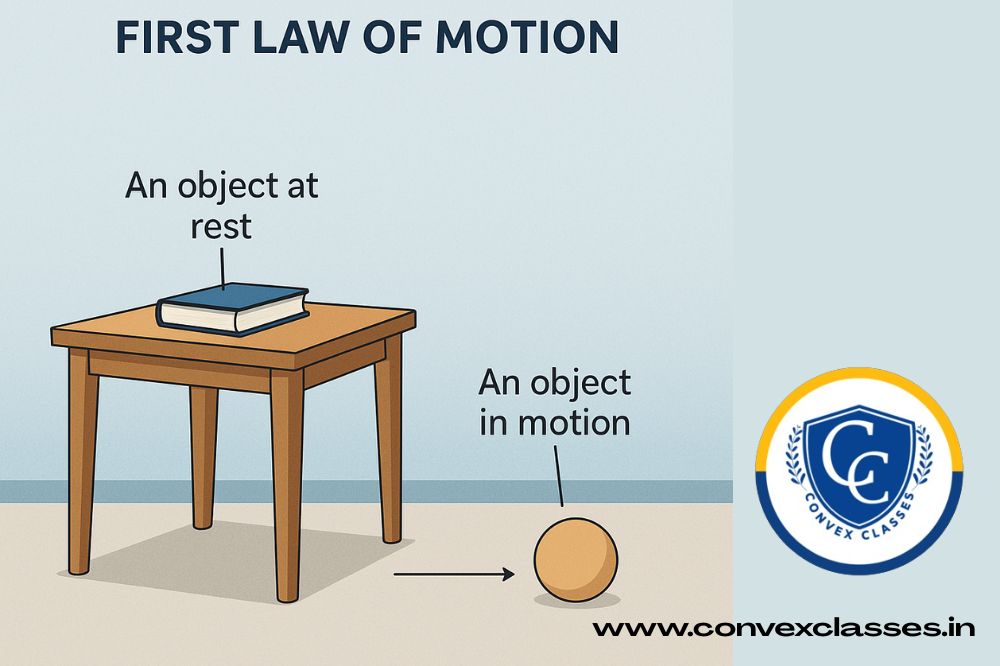Anton Chekhov’s “The Lament” is a poignant short story in the CBSE Class 11 English syllabus that delves into the raw emotions of grief and the human need for empathy. Understanding this tale not only helps you prepare for exams but also deepens your appreciation of literary themes like loss, isolation, and compassion.
The Lament Summary?
Iona Potapov, an elderly Russian cabdriver devastated by his young son’s sudden death, drives through a snowy evening hoping someone—anyone—will listen to his sorrow. He first pleads with a hurried officer, then tries three mocking students, and finally turns to a drunken fellow driver in a tavern, only to be met with indifference or scorn each time. Utterly crushed and alone, Iona finds the only solace in his loyal horse back in the stable, pouring out his grief to the silent, unwavering companion who never judges.

Chapter Overview: The Lament
- Setting the Scene
- A snowy Russian town, late evening.
- Iona sits in his sleigh, heart heavy, waiting for customers.
- Failed Attempts at Sharing Grief
- Officer: Rushed, brusque, ignores Iona’s plea.
- Young Men: Loud, insensitive, dismiss his pain.
- Tavern Driver: Dozes off mid-sentence, offering no sympathy.
- Final Solace
- In the stable, Iona speaks to his horse.
- The animal’s silent presence becomes the only comfort he finds.
Main Characters
- Iona Potapov A gentle, dignified cabdriver whose deep love for his son magnifies his loneliness.
- The Officer Represents societal apathy—too busy for another’s suffering.
- The Young Men Showcase mockery and insensitivity toward genuine grief.
- The Tavern Cabdriver Illustration of self-absorption, even among peers.
- Iona’s Horse Symbol of unwavering empathy and silent companionship.
Key Themes Explained
- Grief and Loss Highlights the urgent human need to share sorrow after losing someone dear.
- Social Indifference Critiques how people often overlook others’ pain in their personal haste.
- Isolation vs. Connection Contrasts Iona’s failed search for human empathy with the horse’s patient listening.
- Human-Animal Bond Suggests nonjudgmental companionship can heal wounds humans ignore.
Literary Devices to Note
- Imagery Snow and dim streetlamps mirror Iona’s inner coldness and isolation.
- Symbolism
- Snow as emotional numbness.
- The horse as pure, silent empathy.
- Irony Surrounded by people, yet utterly alone in his grief.
- Personification The horse “listens,” becoming Iona’s sole confidant.
Why This Chapter Matters for CBSE Exams
- Concise Plot Easy to recall the six-step structure (exposition to resolution).
- Strong Themes Link grief, empathy, and societal values for essay questions.
- Rich Character Sketches Compare Iona’s dignity with passengers’ indifference.
- Clear Literary Devices Perfect examples for short-answer and long-answer questions.
Read More Applications of Convex Mirror?
Frequently Asked Questions
1. Why does Iona keep trying to talk to strangers?
He believes sharing his pain will ease his heart, but meets only cold shoulders.
2. What does the horse symbolize?
Unconditional compassion and the healing power of silent friendship.
3. How does Chekhov build sympathy for Iona?
Through simple dialogue, vivid setting, and repeated rejections that underscore his vulnerability.
4. How can students use this story in exams?
- Summarize the plot in bullet points.
- Highlight themes with real-life examples.
- Quote key lines to illustrate literary devices.





